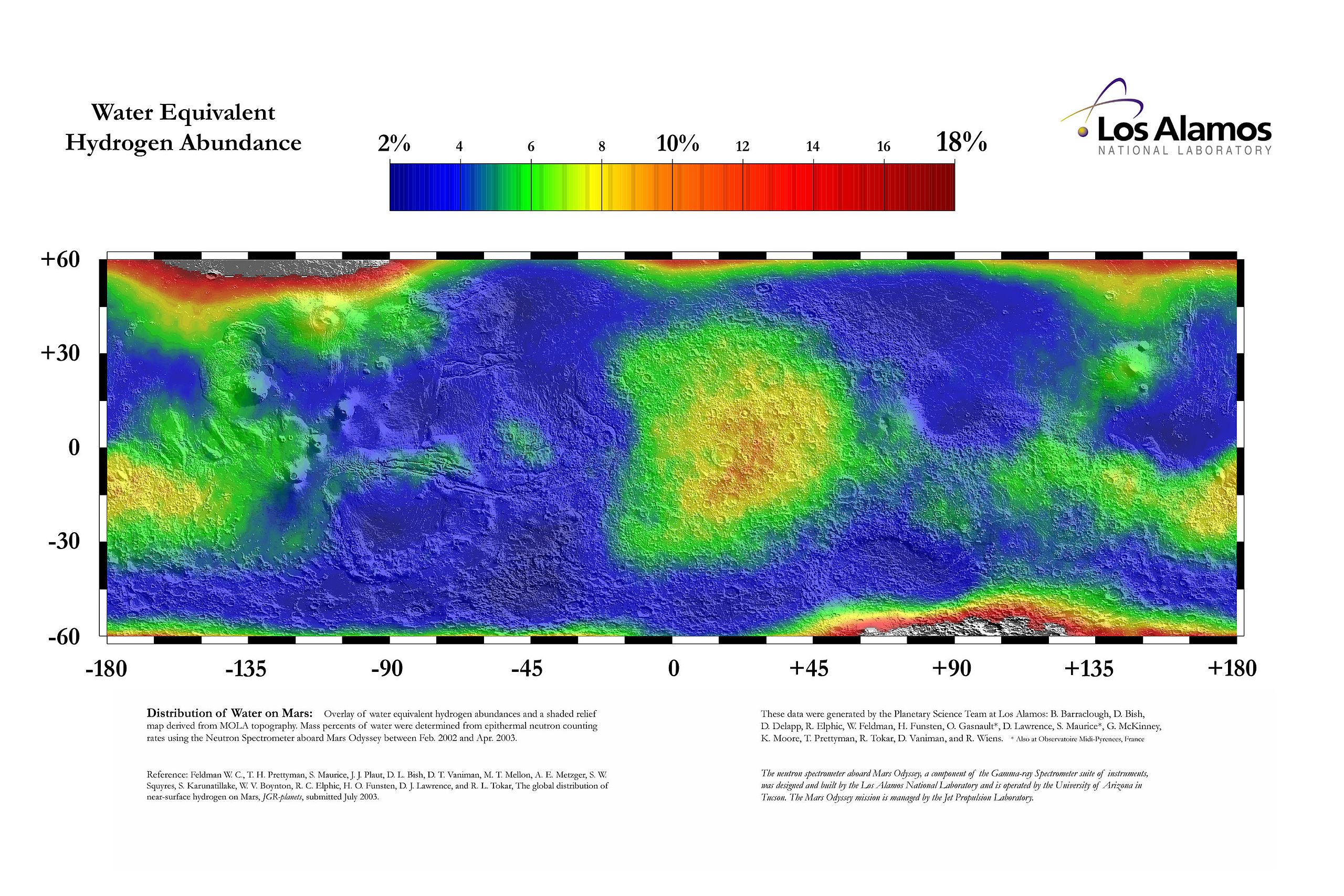Space
1560 readers
222 users here now
A community to discuss space & astronomy through a STEM lens
Rules
- Be respectful and inclusive. This means no harassment, hate speech, or trolling.
- Engage in constructive discussions by discussing in good faith.
- Foster a continuous learning environment.
Also keep in mind, mander.xyz's rules on politics
Please keep politics to a minimum. When science is the focus, intersection with politics may be tolerated as long as the discussion is constructive and science remains the focus. As a general rule, political content posted directly to the instance’s local communities is discouraged and may be removed. You can of course engage in political discussions in non-local communities.
Related Communities
🔭 Science
- [email protected]
- [email protected]
- [email protected]
- [email protected]
- [email protected]
- [email protected]
- [email protected]
🚀 Engineering
🌌 Art and Photography
Other Cool Links
founded 2 years ago
MODERATORS
1
2
3
164
Every living NASA science chief unites in opposition to unprecedented budget cuts
(www.planetary.org)
4
5
6
7
8
9
10
11
12
13
14
15
16
17
19
Moon mining is getting closer to reality: Why we need global rules for extracting space resources
(theconversation.com)
18
19
20
21
22
23
24
25
view more: next ›


